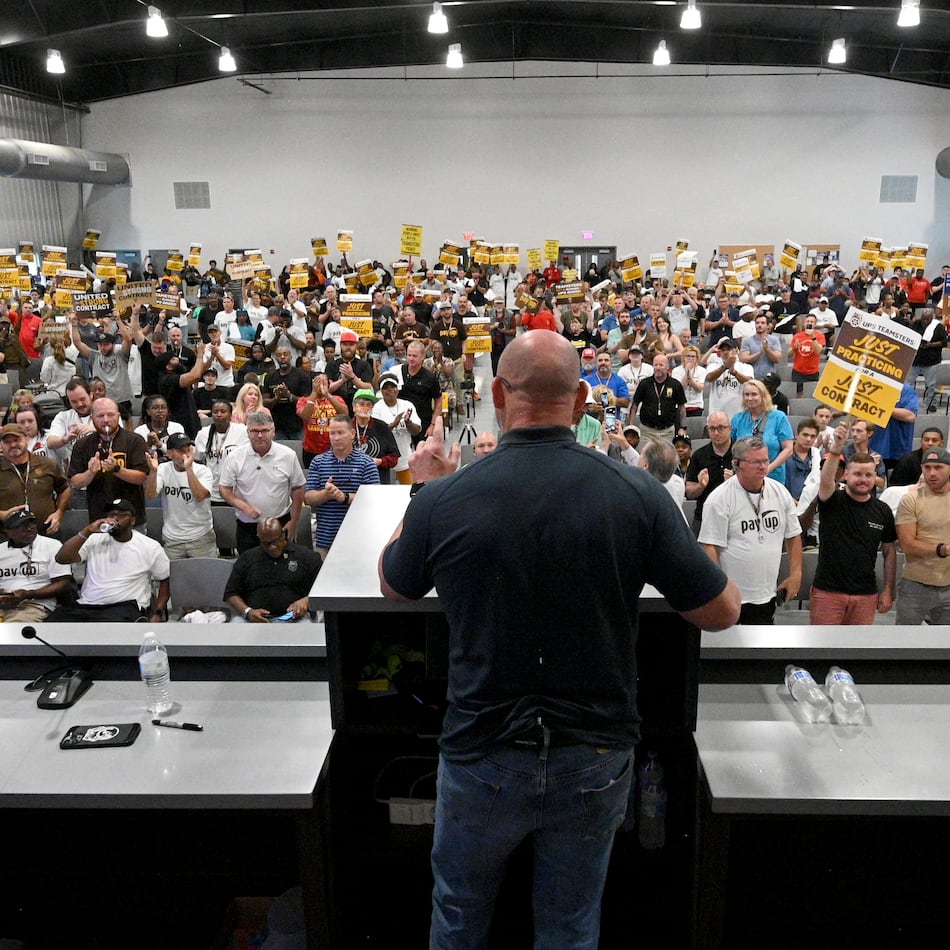According to Merriam-Webster, a quilt is “a bed coverlet of two layers of cloth filled with padding (such as down or batting) held in place by ties or stitched designs.”
That might be what a quilt is, but for folks like Tina Hicks of the Hudson Hill Community quilters and Deborah Johnson-Simon, head of The African Diaspora Museology Institute, quilts mean a whole lot more. They're stories, memories, and a bonding experience, all three of which are present in the exhibition which they've collaborated on for the Beach Institute called "Quilting for a Better World: The Artistry of African American Handmade Quilts."
“People quilt today because they want to be able to do something their ancestors did,” Johnson-Simon said. “People are trying to save certain pieces or memories.”
“You don’t know what’s gonna end up in a quilt,” she continued.
“Gathering up all the materials, the stories, talking about the patterns,” Hicks added. “For me, it’s the storytelling.”
The two first became acquainted years ago through Johnson-Simon's quest to find students of portrait artist and activist Virginia Jackson Kiah, students who were believed to spend time at the Hudson Hill Community Center. There she found a group of women gathered around a mish-mash of tables, surrounded by fabric scraps and spools of thread, teaching each other technique while talking about their families, their friends and their lives.
“We’d use the Ping-Pong table,” said Hicks of those days quilting at the now demolished center. “We’d have to have the ironing board, just laying it all out.”
“[I] just fell in love with what they were doing,” said Johnson-Simon.
“I made dolls, and I always wanted to do a quilt because my mother crocheted, my daddy did tailor work,” she continued. “So I was around people who did things in the creative art world. But I didn’t think anybody could teach me how to do that. And I loved that because it wasn’t just about somebody creating, it was where people came together and worked together on things.”
Each member of the group featured in the exhibition at the Beach Institute had their own place at the table. Ms. Pat is the one that you’d go to if you needed to know something. Ms. Lemon requires that her thread match her fabric. Ms. Sadie is known to rhetorically ask, “Can I make a suggestion?” just prior to making a suggestion.
And then there’s Ms. Johnson.
“That’s another story,” Hicks said. “She made her first quilt, the first monkey wrench [pattern] that’s in the show. That was the very first quilt she made, all handmade.
“And quilting it down [sewing the pieces together], she was going to sleep,” she laughed. “I said, ‘OK, Ms. Johnson. I’m gonna tell your sons that you’re sleeping in school.”
In many ways the quilters featured in the exhibition are continuing a local tradition that goes back generations. Kiah, whose words and deeds were an important inspiration for the show, was a big believer in the power of community. She would no doubt have been pleased with both the group’s choice of a community center for their gatherings, as well as their habit of working together while sharing stories. And while the artifacts being quilted into each piece don’t have the same stakes as, say, those in the area who were using quilt codes to send secret messages to travelers of the Underground Railroad during slavery, they often express deeply personal histories and connections to each specific quilters past.
“I think about it like, it was passed down from somewhere,” said Hicks. “Somebody had to show you. It came from somewhere. There’s a trail.”
“Everybody can say, ‘Oh, that reminds me of my grandma. That reminds me of my auntie,’ she said. “There’s a connection there to everybody.”
That familiarity comes from the stories hinted at by each piece, tales that we may not have been a part of but that we all know well.
“It’s all about the human experience,” said Johnson-Simon. “If people see these quilts, they’re going to fall in love with the quilts.”
“We need to know each other’s stories,” Hicks added. “How are we gonna understand each other if we don’t understand each other’s stories? We’re more alike than un-alike. Everybody has a story.
“Those stories, they connect us,” she said. “If we tell each other’s story, we’ll understand each other. And then maybe there wouldn’t be so much division and strife.”
Rob Hessler is a contributing lifestyles columnist for the Savannah Morning News. He is an artist, executive director of the arts advocacy organization Bigger Pie, and host of the radio show Art on the Air, which broadcasts on WRUU 107.5. He can be reached at give@robhessler.com.
This article originally appeared on Savannah Morning News: 'For me, it's storytelling': Quilts evoke the human experience at the Beach Institute
The Latest
Featured



